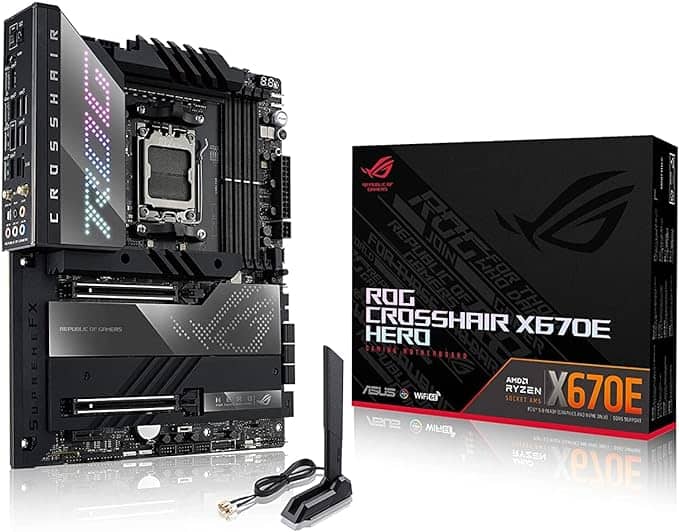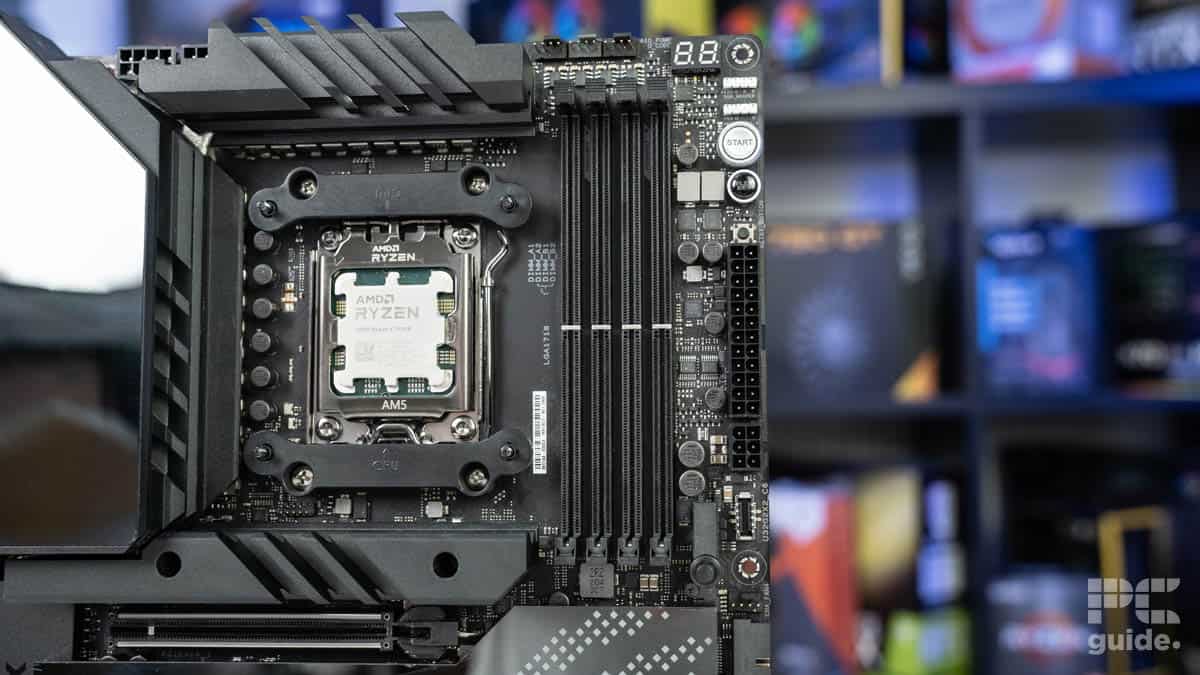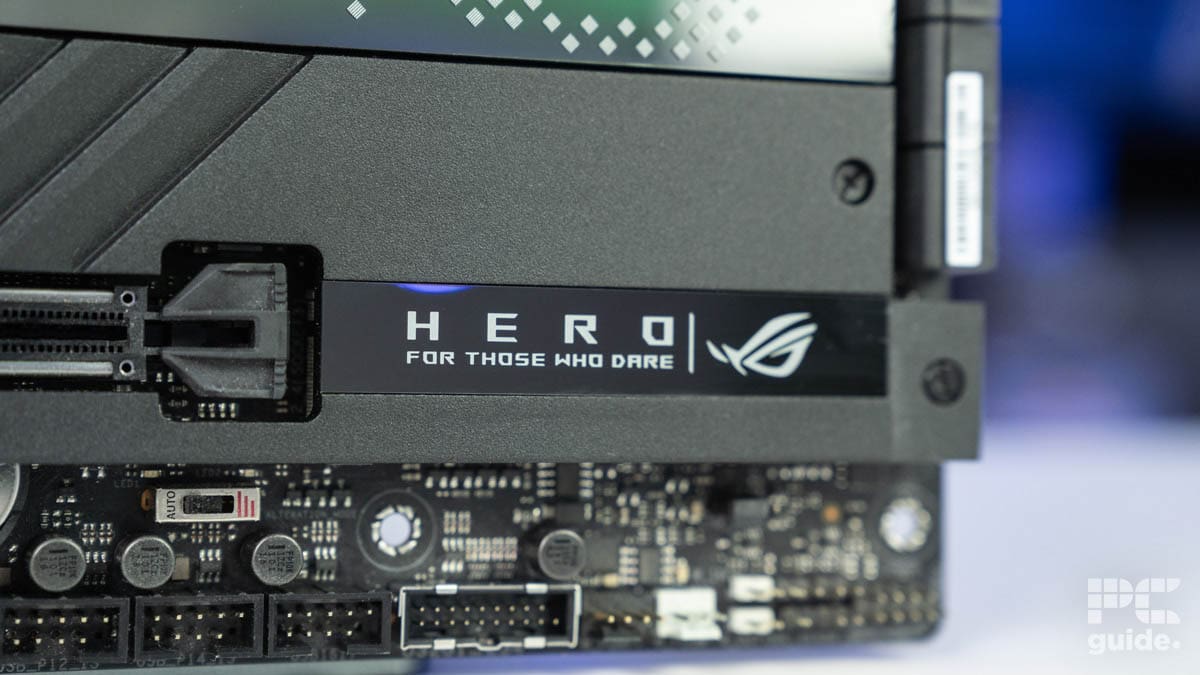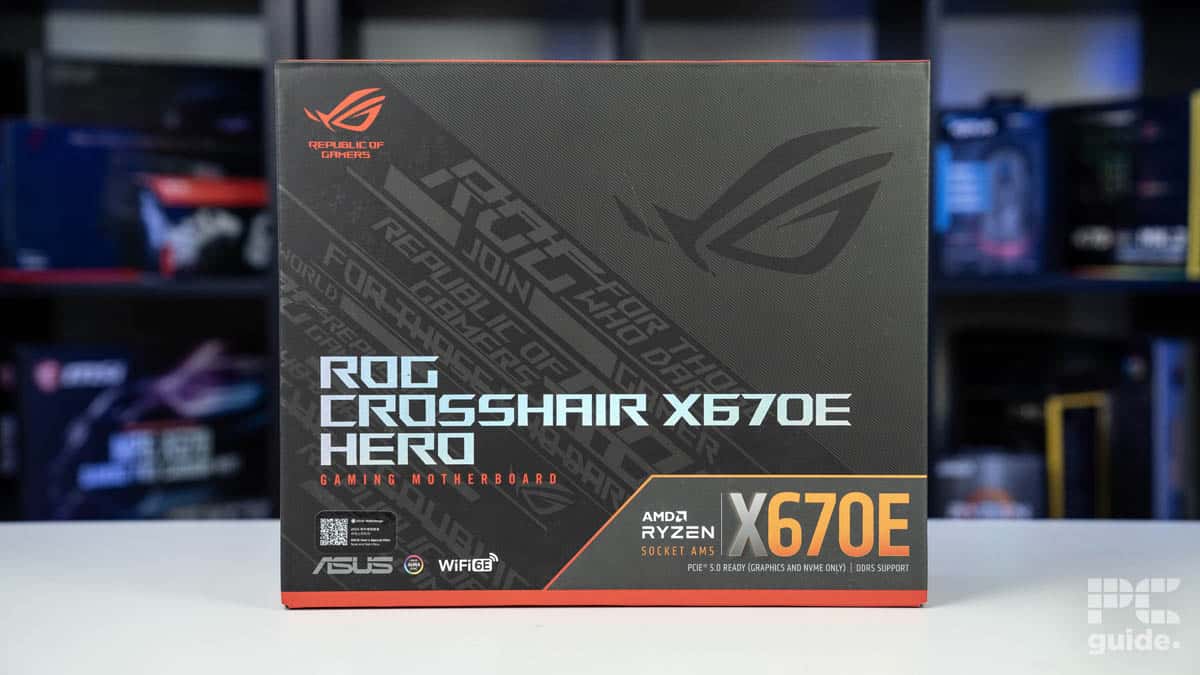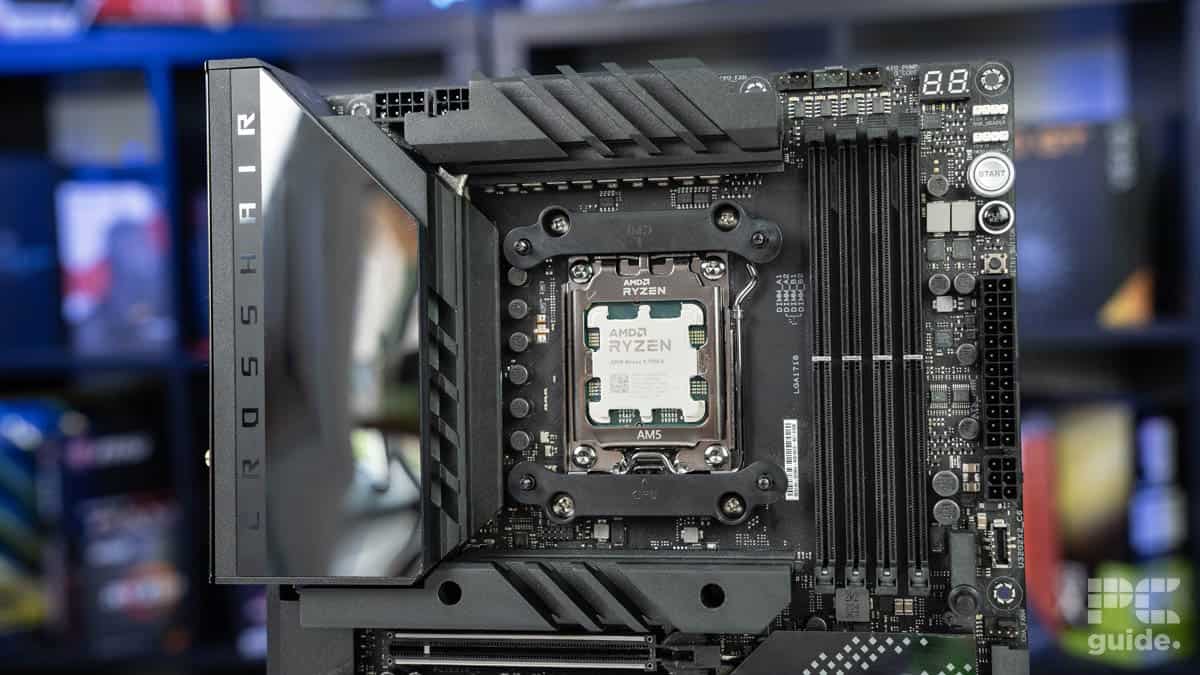Best X670 motherboards in 2025
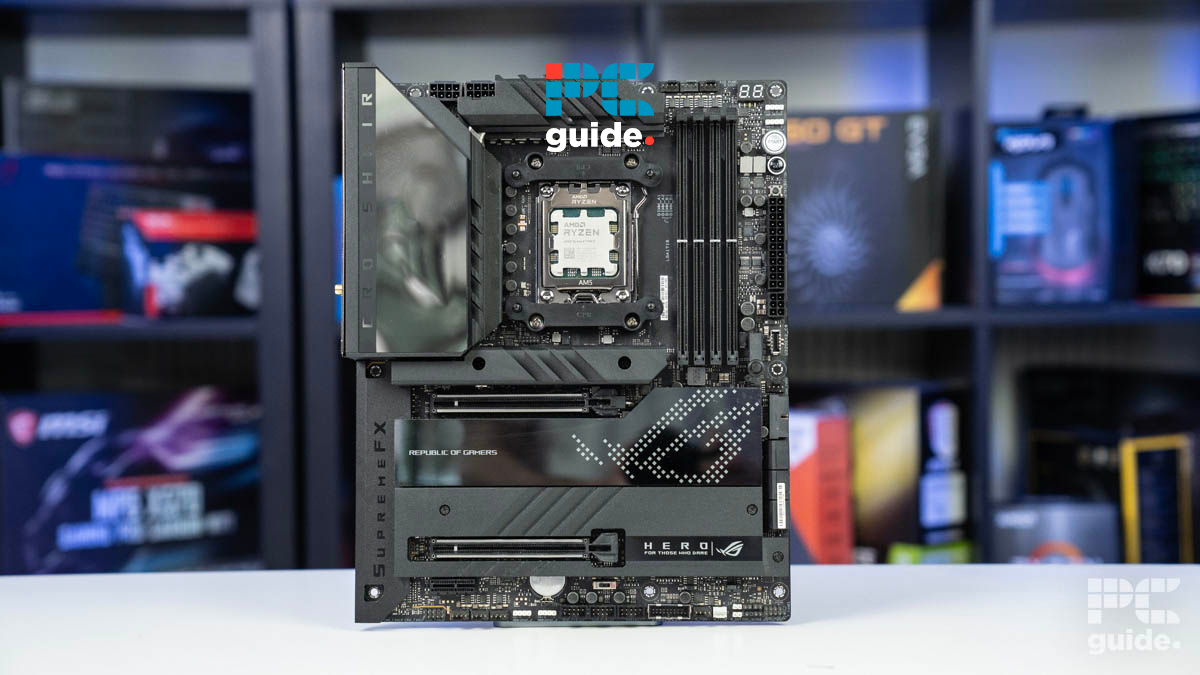
Table of Contents
The Ryzen processors have taken over the market as the best for productivity and gaming and if you were planning to upgrade or build a new gaming PC with any of the latest processors, you'd need an AM5 motherboard.
There are two generations of AM5 motherboard, 600 and 800 series, the latter was launched with the latest Ryzen 9000 processors, while the former was launched with the Ryzen 7000 CPUs. That being said, you can install any Ryzen 7000, 8000, or 9000 processor on any 600 or 800 series boards.
Prime Day is finally here! Find all the biggest tech and PC deals below.
- Sapphire 11348-03-20G Pulse AMD Radeon™ RX 9070 XT Was $779 Now $739
- AMD Ryzen 7 7800X3D 8-Core, 16-Thread Desktop Processor Was $449 Now $341
- ASUS RTX™ 5060 OC Edition Graphics Card Was $379 Now $339
- LG 77-Inch Class OLED evo AI 4K C5 Series Smart TV Was $3,696 Now $2,796
- Intel® Core™ i7-14700K New Gaming Desktop Was $320.99 Now $274
- Lexar 2TB NM1090 w/HeatSink SSD PCIe Gen5x4 NVMe M.2 Was $281.97 Now $214.98
- Apple Watch Series 10 GPS + Cellular 42mm case Smartwatch Was $499.99 Now $379.99
- ASUS ROG Strix G16 (2025) 16" FHD, RTX 5060 gaming laptop Was $1,499.99 Now $1,274.99
- Apple iPad mini (A17 Pro): Apple Intelligence Was $499.99 Now $379.99
*Prices and savings subject to change. Click through to get the current prices.
So, the options are endless, but if you're looking for a high-end mainboard with an X670 or X670E chipset that has robust VRMs for good overclocking and excellent features, we've selected a handful of motherboards for you.
All of these motherboards can support any AM5 processor, and here at PC Guide, we have a thorough testing protocol for all components, including motherboards, that allows us to showcase only the best options along with their details and pros and cons. That being said, here are some of the best X670 motherboards.
Products at a glance
-
Best X670 motherboard overall
ASUS ROG Crosshair X670E Hero
- Socket: AM5 (LGA 1718)
- Chipset: X670E
- Form Factor : ATX
- PCIe Version : PCIe Gen 5 Storage – PCIe Gen 5 GPU
- Memory speed : 6400MHz + OC
- Memory capacity : 128GB (4 x 32GB)
-
Best runner-up
MSI MAG X670E Tomahawk WiFi
- Socket : AM5
- Chipset : X670E
- Form Factor: ATX
- PCIe version: PCIe 5.0
- Memory Speed: 7800+(OC)
- Memory capacity: 256GB DDR5
-
Best mid-range
Gigabyte X670 Aorus Elite AX
- Socket: AM5
- Chipset : X670
- Form Factor: ATX
- PCIe Version: PCIe 5.0
- Memory Speed: 8000 MHz(OC)
- Memory Capacity: 256GB DDR5
-
Best budget
MSI X670E Gaming Plus
- Socket: AM5
- Chipset : X670E
- Form Factor: ATX
- PCIe Version: PCIe 5.0
- Memory Speed: 7800+(OC) MHz
- Memory Capacity: 256GB DDR5
How we picked
We've tested and reviewed plenty of motherboards and divide our testing process across performance, connectivity, efficiency, build quality, and aesthetics. We also factor in the price and features of the motherboards.
All of this combined gives us everything we need to know about any mainboard we're testing and enables us to recommend only the best options and showcase its real-world performance benchmarks to help you make an informed decision.
Our top picks

- Socket: AM5 (LGA 1718)
- Chipset: X670E
- Form Factor : ATX
- PCIe Version : PCIe Gen 5 Storage – PCIe Gen 5 GPU
- Memory speed : 6400MHz + OC
- Memory capacity : 128GB (4 x 32GB)
- Ryzen 7000 series and 9000 series compatible
- High memory speed and capacity
- Extensive overclocking support
- Robust power stages
- Great customizability
- Sleek aesthetics
- Very expensive
- Reserved for enthusiasts
- If you don't have high-end hardware, this may be a waste
- Armory crate – everyone who uses it, dislikes it
- Very gamer focused – If you don't like that kind of thing
If you're looking for the best X670 motherboard, we recommend you check out the ASUS ROG Crosshair X670E Hero. This motherboard has an X670E chipset, and when we tested it for our ROG Crosshair X670E Hero review, it displayed remarkable performance and efficiency.
We'll start with its performance benchmarks before diving into the features and specifications. We installed the Ryzen 9 7900X on this motherboard, which has a 170W TDP, and ran a handful of tests to see how this pairing will perform.
The maximum package power we saw was when we ran the Cinebench R23 multi-core test with 170.15W, with a PPT of 166.09W. So, the robust 18+2 VRM design with 110A capacity didn't have any issues providing the 7900X with as much power ias t wanted, hitting its power limits.
However, the most power was lost during Blender Monster with 4.27W lost, but no system is 100% efficient, and overall, this motherboard has great efficiency. The maximum temperature was recorded at 47°C, which is pretty cool for a motherboard, and a decent airflow should bring it down further.
This motherboard is perfect for those who do not want to be held back when it comes to features or technology. This is one of the best offerings on the X670E chipset, and if you can afford it, it will serve you very well for years to come.
PC Guide
Besides this performance, you get PCIe 5.0 support for the GPU and storage devices, meaning you can easily install the RTX 50 series or the Radeon 9000 cards for the best performance with the PCIe 5.0 x16 GPU slot. In addition, Gen 5 SSDs also offer excellent read and write speeds, meaning you should be able to boot up quickly and experience faster load times for games and other applications.
The maximum memory capacity of this mainboard is 128GB with a max operating frequency of 6,400 MHz + OC. This means that you can easily stack up RAM sticks for a high system memory and better efficiency.
Overall, the ASUS ROG Crosshair X670E Hero is one of the best motherboards out there with the X670E chipset and offers great performance and features. However, there is one downside: it comes with a hefty price tag, and for that, it'll be better to opt for the 800 series motherboards.

- Socket : AM5
- Chipset : X670E
- Form Factor: ATX
- PCIe version: PCIe 5.0
- Memory Speed: 7800+(OC)
- Memory capacity: 256GB DDR5
- Robust 14+2+1 phase VRM (80A), suitable for high-end CPUs and overclocking
- Four M.2 slots (one PCIe 5.0, three PCIe 4.0), with cooling on three slots
- Relatively expensive compared to B650/B650E boards
- The fourth M.2 slot doesn’t have a heatsink
The MSI MAG X670E Tomahawk WiFi gaming is an excellent alternative to our top pick. This board features the X670E chipset, which comes with robust VRMs and has a high overclocking potential.
The maximum memory capacity of this board is 256GB DDR5 with a 7,800+ MHz clock speed. Realistically, you probably won't need to utilize its memory capacity, but you do have the option of going for a 64GB RAM kit at the start, and that should future-proof your setup enough.
You also get WiFi antennas as part of the package, as this board has WiFi 6E support, meaning you can work, game, or stream on the 6GHz frequency, as it has a high bandwidth and isn't prone to interference. However, to catch the 6GHz band, you'll need a WiFi 6E router that will distribute your high-speed internet across different frequencies.
It also features great connectivity options such as USB 3.2 Gen 2×2, 2.5G LAN port, Bluetooth 5.3, and more. This should allow you to connect any peripheral without experiencing lag or have a wired internet connection for the best latency.
In addition, there is plenty of shielding on the M.2 and VRM to keep them cool, and the EZ DIY makes it easy to install SSDs quickly and efficiently. This motherboard also has a 14+2+1 power system, meaning there are 14 filters to clean and stabilize the power for the CPU, 2 for SoC, and 1 for miscellaneous. This should enable you to get a good overclock with the processor and generally get good performance regardless of the CPU you pair with it.
So, this is a great X670E motherboard, and it costs less but doesn't skip out on the features and has a robust build quality and plenty of accessibility features that would make it easy to use for first-time builders.

- Socket: AM5
- Chipset : X670
- Form Factor: ATX
- PCIe Version: PCIe 5.0
- Memory Speed: 8000 MHz(OC)
- Memory Capacity: 256GB DDR5
- Good connectivity: 2.5Gb Ethernet, WiFi 6E, multiple USB ports, including USB-C.
- Solid build quality and reliable BIOS
- Priced slightly higher, matching X670E boards
When it comes to PC components, mid-range offerings generally have the best balance between performance and value, and if you were looking for an X670 motherboard with the same attributes, we recommend you check out the Gigabyte X670 Aorus Elite AX.
This motherboard doesn't skip out on any features despite its mid-range nature. It features plenty of I/O connectivity such as a 2.5G LAN port, WiFi 6E, USB 3.2 Gen 2×2 Type-C, USB 3.2 Gen 2 Type-A, and more. So, regardless of your setup or its requirements, you shouldn't feel like you're running out of ports with this board.
Regarding its performance, it features a twin 16+2+2 VRM design with 70A power stages. This should ensure that the CPU, SoC, and memory get a clean and stable power supply for the best performance.
There is PCIe 5.0 connectivity for the GPU, but it'll be limited to the x4 connection. For the full 16 lanes, there is a PCIe 4.0 connection, which should have plenty of bandwidth to handle even the latest high-end graphics cards.
The abundance of thermal protection is also great as it features a fully covered MOSFET heatsink, M.2 thermal guard, 8mm mega heatpipe, and a 7W/mK thermal pad, all of which should ensure cool and efficient operation.
So, it has great features, and they should deliver a great performance whether you use a Ryzen 7000, 8000, or 9000 processor.
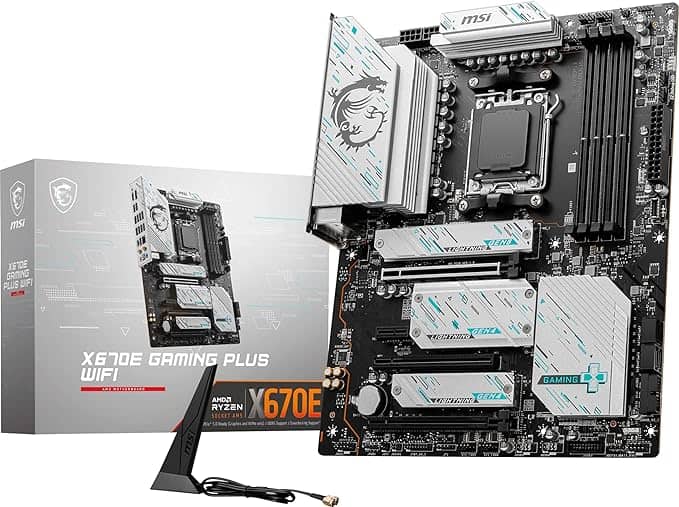
- Socket: AM5
- Chipset : X670E
- Form Factor: ATX
- PCIe Version: PCIe 5.0
- Memory Speed: 7800+(OC) MHz
- Memory Capacity: 256GB DDR5
- Competitive pricing for an X670E board
- Solid VRM and cooling
- PCIe 5.0 support for GPU
- Fewer premium features than Tomahawk
- Less extensive cooling for M.2 slots
The appeal for high-end products is certainly understandable, but they also come with a hefty price tag. So, if you're looking for excellent performance at a budget, check out the MSI X670E Gaming Plus WiFi motherboard.
This mainboard has a maximum memory capacity and speed of 256GB DDR5 and 7800+ MHz (OC), respectively. So, you shouldn't run into system memory issues, and with AMD Expo, you can easily overclock the RAM for better performance and efficiency.
Besides that, it has a 14+2+1 Duet Rail Power System, meaning any CPU you mount on top of it should get a good power supply, promoting good productivity and gaming performance. This board also has a solid pin design, allowing for a stable supply of 12V power to the processor as the increased contact area improves the stability, and the solid pins have a low impedance and strong durability.
All of this works to not only deliver better performance but also safeguard the system when handling high currents, for example, when you're overclocking the CPU. All in all, this motherboard has great accessibility and customization features, and the best of all, it doesn't burn a hole in your pocket.
How to choose the best X670 motherboard
Before deciding on any X670 motherboard, there are a couple of factors that you should consider, as they'll help you make an informed decision.
Price
The first aspect to consider is the price of the motherboard and the budget. There are budget X670 or X670E motherboards available, but there are also boards with the same chipset but that cost over $400 or $600.
If you have to invest that much in a motherboard, then you might as well go for an X870 motherboard that will feature advanced technologies like WiFi 7, Bluetooth 5.4, and more. So, we recommend you filter the available options based on your budget, as that will cut through the clutter, give you a list of mainboards offering good performance and value for money.
VRMs
VRM stands for Voltage Regulation Modules. They are in charge of regulating the voltage supplied to the CPU, memory, and SoC. The more VRMs a motherboard has, the more stable the power supply will be to the processor, resulting in better performance.
It is also crucial when you have to overclock the processor, as doing so ramps up the clock speed and the processor demands more power. So, if the VRMs can adequately handle and stabilize a higher current, the better the overclocking results will be.
Size
The size of the motherboard is also an important factor, as depending on the size, it will have more or fewer features. Motherboards come in E-ATX, ATX, mATX, and ITX sizes, with the first being the largest and the last being the smallest.
ITX motherboards have fewer expansion slots and ports, while ATX boards are the most common and usually have the same level of features as E-ATX boards. However, larger mainboards also cost more, but ATX motherboards are the most preferred.
Is X670 better than X570?
The X570 is the high-end chipset for AM4 motherboards and is limited to PCIe 4.0 for the graphics card and storage devices. On the other hand, X670 offers more CPU lanes, more PCIe lanes, improved VRM, better USB connectivity, and can support all the AM5 processors. So, regarding performance and future-proofing, X670 is much better than X570.
What is the max RAM for X670?
The maximum RAM supported by the X670 chipset is 256GB of DDR5 RAM. While this is overkill for most workflows, the overhead is nice to have.
Verdict
We chose the ASUS ROG Crosshair X670E Hero as the best motherboard due to the performance it showcased during our in-house testing, features, and value for money. It was able to keep cool during our testing and provided the 7900X with 170W of power during various tests, which is its TDP, without running into stability or other issues. This means that it has what it takes to handle the power requirements of high-end processors and enables them to deliver their best performance.

